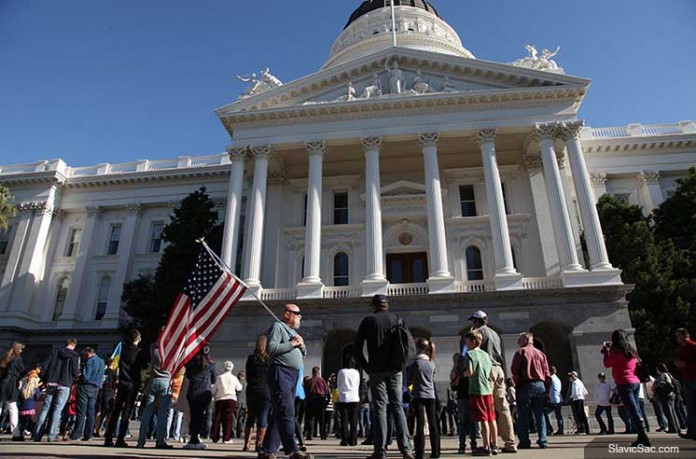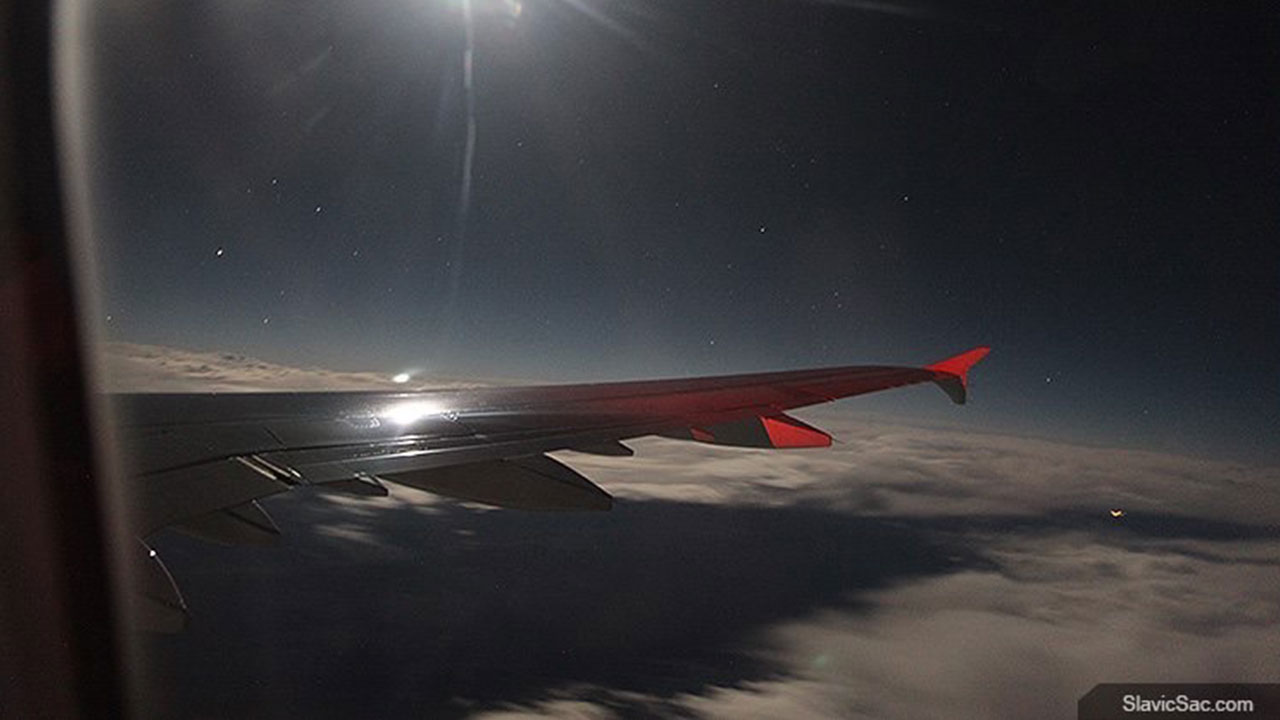
A clearer picture is emerging of the ethnic groups from the former Soviet Union in California.
According to a 2021 survey by the U.S. Census Bureau, Russians are the most represented in California, followed by Armenians and Ukrainians.
The Bureau also tracks the languages spoken by residents, focusing on three groups of people who “speak,” “speak very well,” and “don’t speak very well.” As in previous years, the leading languages of the former Soviet Union in California are Armenian, Russian and Ukrainian.
| Speak | Speak very well | Don’t speak very well | |
| Armenian | 195,413 | 109,749 | 85,664 |
| Russian | 170,508 | 101,326 | 69,182 |
| Ukrainian | 41,606 | 25,762 | 15,844 |
The Census Bureau also provides data on individuals who identify with mixed ethnic categories (for example, families where the mother is Jewish and the father is Georgian). Specifically, the Census records 892 individuals in California who identify as mixed Tatar.
The three largest mixed ethnic groups in California, along with immigrants from post-Soviet countries, are Russians, Armenians, and Ukrainians.
Every decade, the Bureau conducts a nationwide survey, but additional surveys are carried out at the county level in the interim years, providing more specific statistical data.
This table lists individuals from the post-Soviet space who identify with specific ethnic groups without mixing with others.
| Nationality | Number of people |
| Armenians | 249,132 |
| Azerbaijanis | 1,594 |
| Belarusians | 8,032 |
| Estonians | 1,858 |
| Georgians | 1,965 |
| Kazakhs | 2,347 |
| Kirghiz | 740 |
| Latvians | 4,404 |
| Luthuanians | 13,935 |
| Moldovans | 4,738 |
| Russians | 165,660 |
| Tajiks | 236 |
| Tatars | 455 |
| Turkmen | 147 |
| Ukrainians | 62,431 |
| Uzbeks | 1,585 |
| TOTAL: | 519,257 |
This second table lists how many people identify with more than one ethnic category (for instance, families where the mother is Russian and the father is Georgian). It is important to note that these statistics include individuals who belong to ethnic groups from the post-Soviet region, but do not necessarily mean that they emigrated to the U.S. from the former Soviet Union. Before moving to the United States, some may have lived in other countries.
It should be noted that the statistics do not reflect data for those ethnic groups that immigrated, for example, from Russia, or those born in the U.S. to Russian-speaking families who ethnically belong to Bashkirs, Chukchi, or other people who may identify themselves as Russians.
| Nationality | Number of people |
| Armenians | 249,195 |
| Azerbaijanis | 1,980 |
| Belarusians | 10,755 |
| Estonians | 4,273 |
| Georgians | 2,548 |
| Kazakhs | 3,189 |
| Kirghiz | 975 |
| Latvians | 12,144 |
| Luthuanians | 56,616 |
| Moldovans | 5,380 |
| Russians | 364,909 |
| Tajiks | 714 |
| Tatars | 892 |
| Turkmen | 340 |
| Ukrainians | 106,201 |
| Uzbeks | 3,084 |
| TOTAL: | 822,303 |
According to recent research by Slavic Sacramento, which is based on Census Bureau figures, there are approximately 5 million individuals from post-Soviet countries residing across the United States. However, this number may not be entirely accurate, as the census may not have captured all residents from the former Soviet republics.
In recent years, due to Russia’s unprovoked military aggression against Ukraine, several hundred thousand Ukrainians and Russians have arrived to the United States. This influx continues, as people seek safety and new opportunities in America. The growing presence of these communities highlights the ongoing impact of geopolitical events on migration patterns and underscores the need for support and resources for those who are resettling in the U.S.
Vitaly Ataev Troshin, California Local News Fellowship
Ruslan Gurzhiy, Elena Kuznetsova, SlavicSac.com



